How does the inner ear develop into a sensitive hearing and balance organ?
Our inner ears contain specialised hair cells that give us the ability to hear a range of sounds and to orientate ourselves in three dimensions. At Baylor College of Medicine in the US, Professor Andy Groves is leading a team of biologists to uncover how these hair cells develop as an embryo grows and how they have evolved in different organisms.
Talk like a developmental biologist
Cochlea — the spiral-shaped organ in the auditory system responsible for detecting sound waves of different frequencies and sending those signals to the brain
Convergent evolution — when a similar feature evolves separately in different species, such as wings evolving in both bats and butterflies
Gene expression — when genetic information (DNA) is activated and results in a cellular function, predominantly the production of a protein
Ion channels — proteins that allow ions to pass through a cell membrane
Mechanosensory cell — a cell that converts mechanical movement into electrical signals that are perceived by the brain as a sensory response
Neurotransmitter — a chemical that, when received by a neuron, stimulates an electrical impulse
Stereocilia — hair-like structures on the surface of hair cells
Tunicate — a marine invertebrate, also known as a sea squirt
“The inner ear is composed of the auditory system (which houses the cochlea, responsible for hearing) and vestibular system (which houses sensory organs used for balance),” explains Professor Andy Groves, a developmental biologist at Baylor College of Medicine. Both systems contain specialised mechanosensory hair cells (named for the bundles of hair-like structures, known as stereocilia, on their surface) that convert vibrations into electrical signals, which the brain perceives as sound or balance information.
How do hair cells convert vibrations into sound and balance?
“Sound waves produce vibrations in the cochlea,” explains Joel Nelson, a graduate student in Andy’s lab. When someone listens to speech, the membrane on which their hair cells sit vibrates by 5 to 7 nanometres. “As the membrane is raised by the sound wave, hair cells are pushed upward and their stereocilia bundles bend and pull open ion channels,” explains Helen Maunsell, another graduate student. The open channels let positive ions enter the cell, leading to the release of neurotransmitters which initiate the electrical signals that travel to the brain to be interpreted as sound.
Mammals can hear an amazing range of frequencies thanks to the varying flexibility of the cochlear membrane. The membrane vibrates to high frequency sounds at one end of the cochlea and to low frequency sounds at the other end. When the hair cells of different cochlear regions are activated, they transmit specific frequency signals to the brain in a code known as tonotopy.
Our sense of balance works on a similar concept. “The vestibular system has multiple sensory organs which detect forms of movement,” explains graduate student Gwynna Fuller. “These organs contain fluid which, when we move, puts pressure on particular hair cells, causing the stereocilia bundles to bend and activate.” This sends electrical signals which your brain interprets as the position or movement of your head.
How do hair cells develop?
As mammals develop in the womb, a simple piece of skin on the side of the embryo’s head begins to fold in on itself and transform into the intricately complex structure of the inner ear. While the inner ear is forming, hair cells also begin to appear in highly specific patterns. Understanding how cells ‘know’ when to stop dividing to form the inner ear and to start specialising into hair cells is a key question for Andy’s team of developmental biologists. The truth lies in understanding the cells’ environment.
“We’ve discovered that some cells in the cochlea produce chemicals which disperse through the inner ear,” says Andy. “These chemicals form a gradient, with highest concentrations close to the cell that produced them and lower concentrations further away. When another cell receives these chemical signals, the signal strength (based on concentration and, therefore, distance to origin cell) informs how that cell will develop. Cells that receive a medium dose turn into hair cells, and the chemicals also ensure hair cells are oriented correctly.”
Cell development also depends on interactions between cell neighbours. “As hair cells develop, they send close-range signals to stimulate adjacent cells to become supporting cells,” says Joel. “We discovered that if you disrupt these signals, the ratio of hair to supporting cells changes.” These signals are disrupted if the genes controlling hair cell development are mutated. If the team can understand these developmental pathways and the genetic processes that guide them, they can help scientists address genetic causes of hearing loss.
How did hair cells evolve?
Andy’s team is also interested in the evolution of hair cells. Squid and tunicates are invertebrates with mechanosensory cells which look like hair cells found in mammals. “Squid use mechanosensory cells to sense acceleration and gravity, while tunicates use them to detect particle flow when filter feeding,” says Gwynna. “However, while these mechanosensory cells look similar to our hair cells, there is currently little evidence that they are molecularly related.”
Did these mechanosensory cells evolve in our common ancestor? Or did they evolve separately in vertebrates and invertebrates – a process known as convergent evolution? Answering this is key to understanding our evolutionary past. “If these cells come from a common ancestor, it implies mechanosensory hair cells evolved around 600 million years ago!” says Gwynna. “If they evolved separately, then studying these convergent cells in different species will give us critical insights into different strategies for developing cells that function in similar ways.”
How does the team study hair cells?
“There are many genes whose function we don’t yet understand,” says Helen. The team uses mice with mutant versions of these genes to observe what happens to hair cell development by activating developmental genes in the mature inner ear of mice to analyse how cochlear cells change. The researchers also extract the cochlear membrane from mouse embryos and grow these cells in the lab, where they can apply chemicals to interrupt signalling pathways and examine the developmental effects.
To visualise how hair cells develop in specific patterns, the researchers use high-resolution microscopes to image these cells at different stages in the embryonic mouse cochlea. “We fluorescently label specific proteins in cochlear cells to observe how gene expression changes in hair and neighbouring support cells during development,” explains Helen.
Like humans, mature mice cannot regrow damaged hair cells. The team is now exploring whether genes can be introduced into adult mice to re-stimulate hair cell development after the inner ear has formed. One day, it may be possible to ‘regenerate’ damaged or absent hair cells in people who wish to restore their hearing.
 Professor Andy Groves
Professor Andy Groves
Department of Neuroscience and Department of Molecular and Human Genetics, Baylor College of Medicine, USA
Fields of research: Developmental biology, evolutionary biology, genetics
Research project: Investigating the development and evolution of the inner ear
Funders: US National Institutes of Health (NIH), Hearing Health Foundation
Student research projects
Joel, Helen and Gwynna are graduate students in Andy’s lab, where they each lead their own research projects:
Joel Nelson
My research focuses on understanding the genetic and molecular signals during inner ear development. I am interested in a specific gene that is expressed in developing mammal inner ears. Initially, the gene controls the development of the non-sensory structures of the inner ear. Later in embryo development, it controls the development of sensory structures, such as hair cells. I want to understand this dynamic difference.
Reference
https://doi.org/10.33424/FUTURUM477
© Dr David Furness, Wellcome Collection, CC BY-NC 4.0
© Professor Andrew Forge
© Andy Groves, doi.org/10.1242/dev.067074
I collect inner ear cells from mouse embryos of different ages by dissecting the developing inner ear from the rest of the embryo. I form a mixture containing individual cells using a specific solution, which I purify so that it only contains inner ear cells. So far, a lot of my work has involved optimising the process of purifying the inner ear cell population, and I have now developed a successful method. Once I have isolated inner ear cells from the mouse embryos, I sequence their RNA and analyse how gene expression changes as the embryo develops.
Helen Maunsell
I am studying the molecular drivers of craniofacial (face, head and neck) development. In vertebrates, this begins in early development and is responsible for the creation of the central nervous system (containing the brain and spinal cord), structural tissues (including bones and cartilage) and sensory organs (including the inner ear). Previous research in Andy’s lab identified a gene that contributed to cranial sensory organ and nerve development. By removing this gene from mice, we found that embryos lacked an entire inner ear. I am now exploring how this gene influences the development of embryonic cells, in the hope of gaining insights into craniofacial disorders.
I use mouse models and RNA sequencing to analyse the role this gene plays in guiding craniofacial development. By modifying mice so that expression of this gene activates a red or green fluorescent protein, I can visualise which cells express this gene in real-time. I am starting to identify exciting molecular differences within this cell population that suggest differences in how distinct regions of the head and neck form in development.
Gwynna Fuller
I am investigating the molecular similarities and differences between squid and tunicate mechanosensory ‘hair cells’ and vertebrate hair cells. I want to understand whether all three organisms use the same genes during the development of their mechanosensory cells, or whether they have evolved unique strategies for making this cell type.
To do this, I compare the genetic and RNA sequencing data from different species of mammals, squid and tunicates. It would take me years to look for similarities and differences in their genes if I did it by hand! Instead, I use computer-based bioinformatic techniques so I can compare huge datasets in a matter of hours. When I uncover genes that are present across species, I use molecular techniques to confirm whether they are expressed in mechanosensory cells. I have discovered that tunicate mechanosensory cells express a lot of similar genes as vertebrate hair cells. There is a lot more work to be done, but this discovery hints at the possibility that tunicate and vertebrate hair cells may be molecularly similar.
About developmental biology
Developmental biology investigates the processes that define how organisms grow and develop. This involves understanding how cells divide and multiply, how they form organs and tissues, and how they become specialised depending on their position in the body. “The fundamental question of developmental biology is: how does a single fertilised egg become an entire animal?” says Andy. A fertilised egg cell divides in two, then these cells also divide. The process continues until billions of specialised cells form a complete organism.
“Precise control of development is important – we have hundreds of different types of cells in our body, and each must be produced in the right place at the right time during development,” explains Gwynna. “You don’t want liver cells growing in your brain!” As Andy explains, “When developmental processes go wrong, babies are born with birth defects. Developmental biology is key to understanding the molecular basis for how these defects arise.”
“As developmental biologists, we have a lot of tools available for performing our research,” says Joel. Some techniques, such as observing developing embryos under a microscope, have been used by scientists for hundreds of years. More recent developments, such as gene editing techniques, allow biologists to manipulate the genes in mice and explore how their development is impacted.
Pathway from school to developmental biology
At school, study biology to learn about development, genetics and evolution. Chemistry will also be useful as the molecular foundations of life (such as DNA and RNA) are chemical compounds, and physics will help you understand the mechanics of cell division.
Attend science events to discover current research projects and take part in science projects and fairs to develop your own research skills. Baylor College of Medicine runs the Saturday Morning Science initiative to introduce local students to STEM research and careers: www.bcm.edu/about-us/diversity-equity-and-inclusion/programs/saturday-morning-science
At university, a degree in biology, cell biology, genetics or biochemistry could lead to a career in developmental biology. Developmental cell processes are the blueprint for producing healthy organisms, so it will also be covered in fields such as immunology and cancer biology.
Coding is a critical skill for all scientists. Biologists must be able to analyse large datasets, so take computer science courses to learn to code. Scientists also need communication skills to share their ideas and results, so practise public speaking and develop your written communication skills.
Explore careers in developmental biology
Developmental biologists work in research labs in academia (in a university) and industry (e.g., for a biotechnology or pharmaceutical company).
Andy and the team emphasise the importance of gaining research experience. Look for opportunities to help in a biology lab before, during and after your undergraduate degree. “Work in as many different labs as possible,” advises Helen. “This will let you experience the different animals and research methods that developmental biologists use to address fundamental questions about how organisms take shape, and help you know if a research career is for you.”
Andy’s lab takes part in the Baylor SMART Program, which provides biomedical summer research projects for undergraduates: www.bcm.edu/education/graduate-school-of-biomedical-sciences/degree-programs-and-certificates/student-development-programs/smart-program
The National Institutes of Health runs the High School Summer Internship Program, where students spend the summer conducting research: www.training.nih.gov/research-training/hs
Meet Andy

When I was younger, I loved playing with chemistry sets. My parents were both teachers, and my dad taught me about dyes and making enamel by melting coloured glass onto metal. I’ve also always been interested in music. Growing up, I played instruments, and I’ve been singing in choirs most of my life.
I had a great high school science teacher who inspired me to become a biologist. He lent me biology books from his own student days, and we discussed them together. He was the first person to help me understand that biology and chemistry are intricately intertwined – all living things are composed of chemical building blocks.
If you talk to most scientists, they would never have predicted the path that led them to where they are now. In my case, my career has been shaped by a series of fortunate coincidences and lucky breaks. For example, many of my mentors were people who I initially met by chance.
The questions and problems of developmental biology fascinate me. I’m happiest when I’m looking down a microscope at an embryo and trying to understand how it is put together and how it changes during development.
The inner ear is incredible, and hair cells are especially amazing in their sensitivity. They begin to respond to sound when their stereocilia bundle is moved by just the diameter of a hydrogen atom. This is like moving the top of the Empire State Building by one inch! It boggles my mind that evolution has produced cells that are so sensitive.
Meet Helen

I’ve always been interested in art and nature. Developmental biology blends both – there is nothing more beautiful than watching a complex group of cells work together to form the architecture of an organ.
My parents are both neuroscientists, so I grew up surrounded by science. Research was a common topic at the dinner table, and my parents would draw illustrations on napkins to explain their work to my brother and me.
My initial interest in human biology led me to study medicine, but then I realised that the clinical urgency of medical research inhibited the research questions that inspired me. I began to understand that my interest in biology stemmed more from curiosity and the conversations provoked by new findings.
I spent three years working at the National Institute on Deafness and Other Communication Disorders. I studied a gene that is expressed in developing inner ear hair cells but is no longer expressed by the time the animal is born. When our lab mutated this gene in mice, we observed a duplication of hair and supporting cells in the non-sensory portion of the cochlea, indicating this gene interacts with a key signalling pathway to regulate cochlea development.
I love the concept of developmental biology – somehow, organisms have developed the cell types and molecular mechanisms to create their unique body plans, often using the same signalling molecules in different contexts. While I’m not religious, there’s a magical quality to how everything settles into place.
When I’m not working, I love baking. I think there is something about baking (precisely mixing ingredients plus a bit of experimentation) that reminds me of lab work!
Meet Joel

I’ve always wanted to be a scientist. My first dream job was to be a marine biologist because I loved everything to do with the ocean, then I wanted to be a lab analyst for the FBI, like my grandfather. Now, I hope to teach the next generation of scientists and share my passion for developmental biology.
Growing up in a small town and attending a liberal arts college meant I didn’t have many opportunities to get involved in research. However, during my undergraduate degree, I did a summer internship at the MD Anderson Cancer Center where I studied how fruit flies responded to pain. By exposing flies to different stimuli, I studied which proteins were involved in their response to pain. This was my first introduction to working in a lab, and it taught me a lot about what it takes how to become a researcher. I learnt to design an experiment, use specific instruments and troubleshoot when things don’t work out.
I am inspired by the constant progress and innovation that occurs in science. I grew up at a time when the largest scientific breakthrough was uncovering the human genome – which took years of research and millions of dollars. Now, only a few decades later, we can sequence someone’s entire genome within a couple of weeks for a few hundred dollars.
It is fascinating to consider how the complex and specialised inner ear starts out as just a thin line of cells. Thanks to remarkably precise chemical signalling, these cells develop to form all aspects of the auditory and vestibular systems. There is still so much we don’t know about this process, so there is much more to study and analyse!
Meet Gwynna
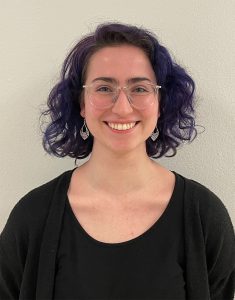
Growing up, I spent a lot of time reading. I loved spooky mysteries and elaborate fantasy worlds full of dragons. My love of reading and learning inspired me to follow my curiosity, which is probably one of the reasons I ended up becoming a scientist.
When I took my first undergraduate genetics class, I was amazed when I saw a chicken embryo for the first time. I was shocked to see just how tiny and delicate it was. This inspired my interest in research, so I joined my professor’s lab to study how genes guide the complex development of an organism.
I spent a summer working at the Stowers Institute for Medical Research, where I studied the genes and regulatory elements in the genome that coordinate hair cell regeneration in zebrafish. This was an incredible experience which changed my perspective on research. Research projects bring scientists together from different backgrounds and levels of expertise to tackle questions, and I love being part of that environment.
I enjoy developmental biology because studying embryos gives you a glimpse into the history of life on Earth. The genome of every species represents millions of years of evolution, which has led to thousands of different genes across different species. Developmental biology allows you to watch the activity of these genes as embryos develop.
Every time I go to an amusement park, I’m reminded of the fun fact that our vestibular system is very important for our balance and very sensitive to movement. When you go on a roller coaster, you often feel dizzy even after the ride has stopped. This is because the fluid in your vestibular system is still moving, sending your brain conflicting signals.
The team’s top tips
Be curious and always ask questions.
Reach out to people working on topics that interest you and ask if you can get involved.
Be open to new experiences and don’t feel intimidated. Every top scientist was completely new to research once.
Remember, it is ok to make mistakes. Most research ideas don’t work out, at least at first. So pursuing a career in scientific research requires a deep love of your topic to sustain you through the setbacks.
Science is a social enterprise. Advances are made when scientists talk with each other, share ideas and data, and learn from mentors. Be sure to build your own network of friends, colleagues and mentors throughout your career.
Do you have a question for the team?
Write it in the comments box below and the team will get back to you. (Remember, researchers are very busy people, so you may have to wait a few days.)

Explore how biologists use model organisms to study human development:
www.futurumcareers.com/how-do-the-head-neck-and-heart-develop


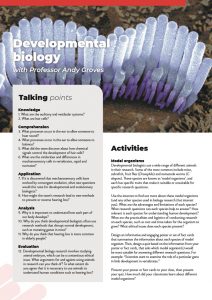
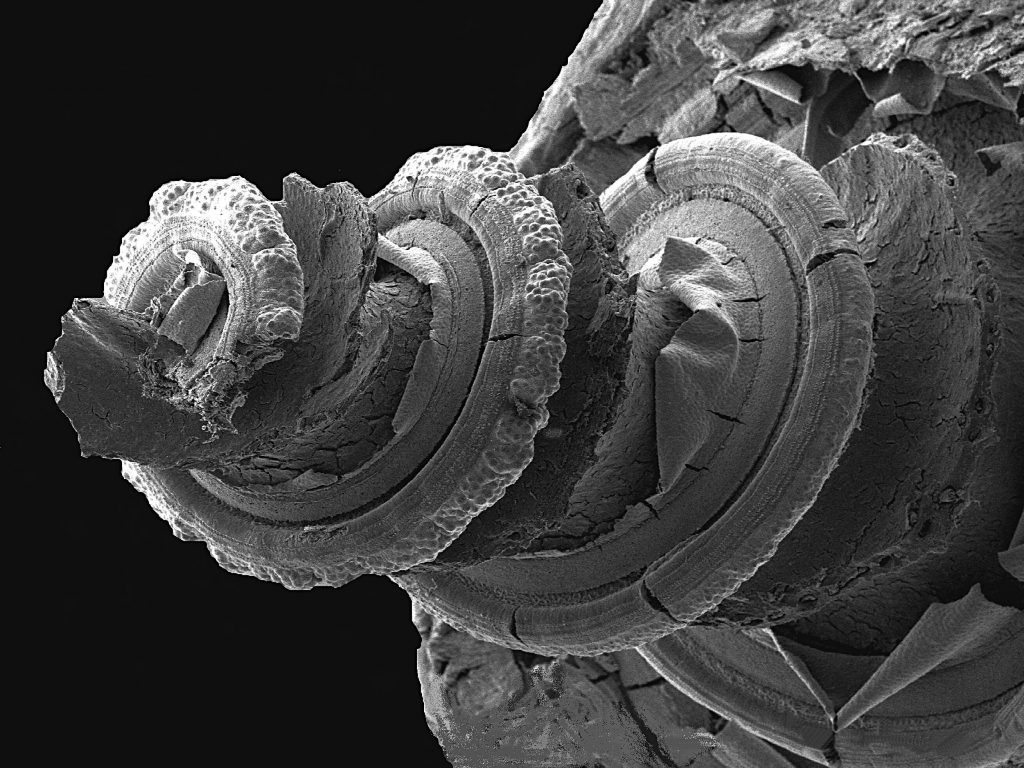
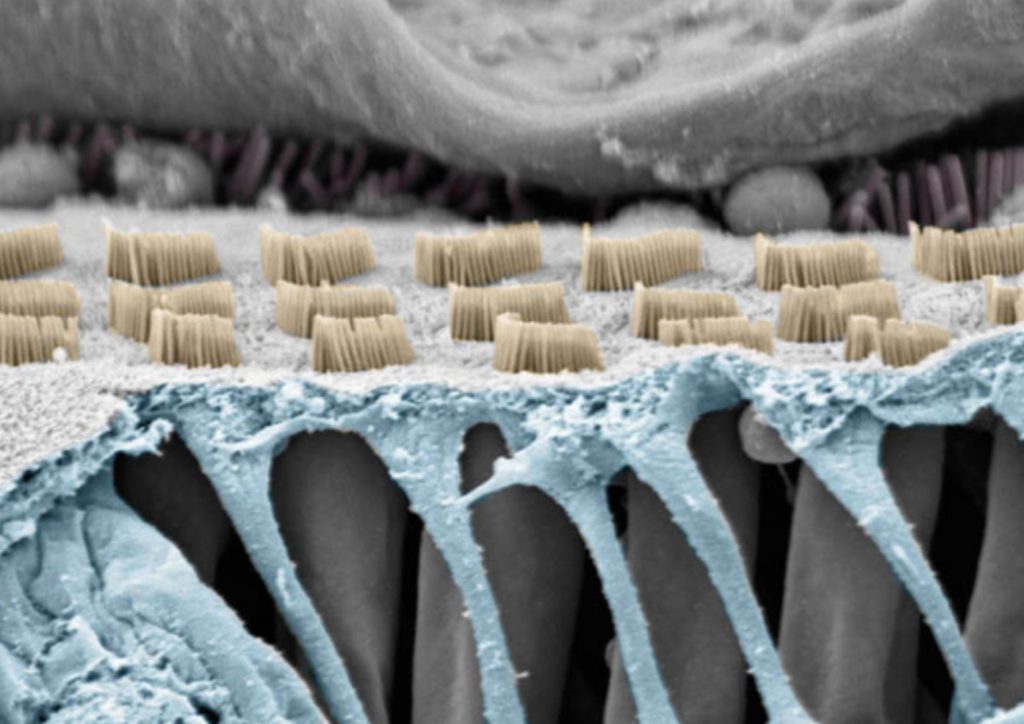
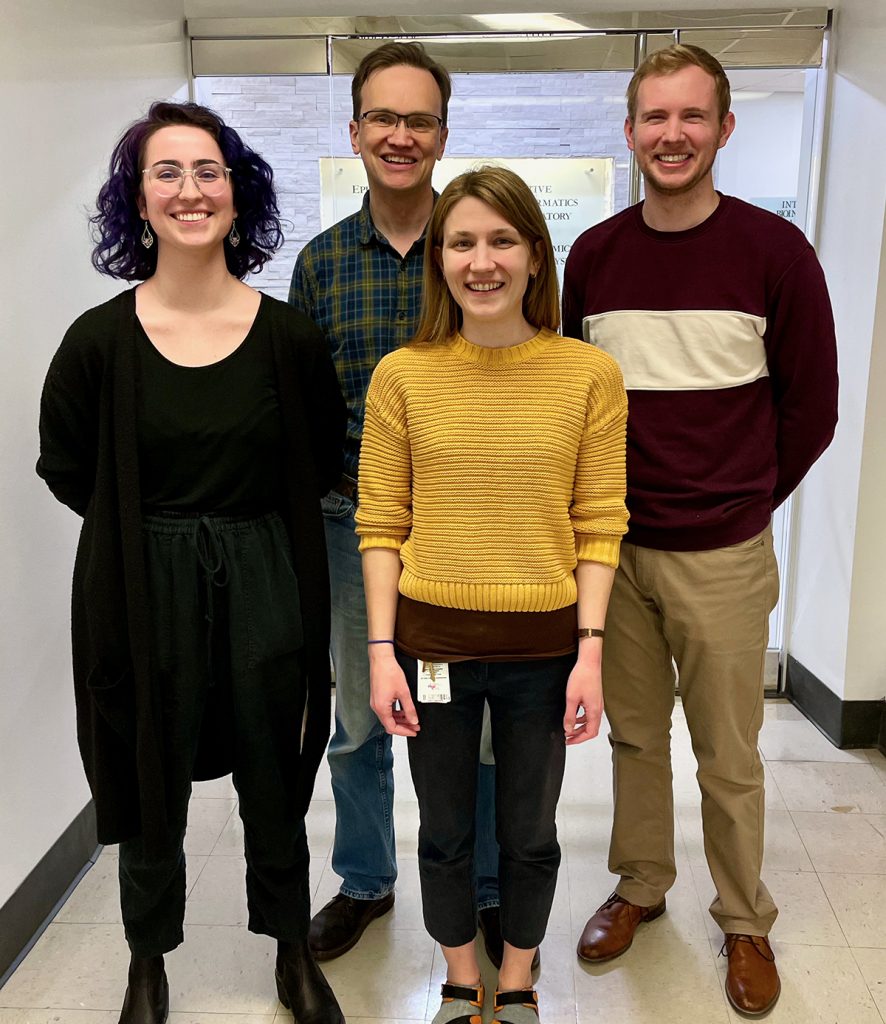
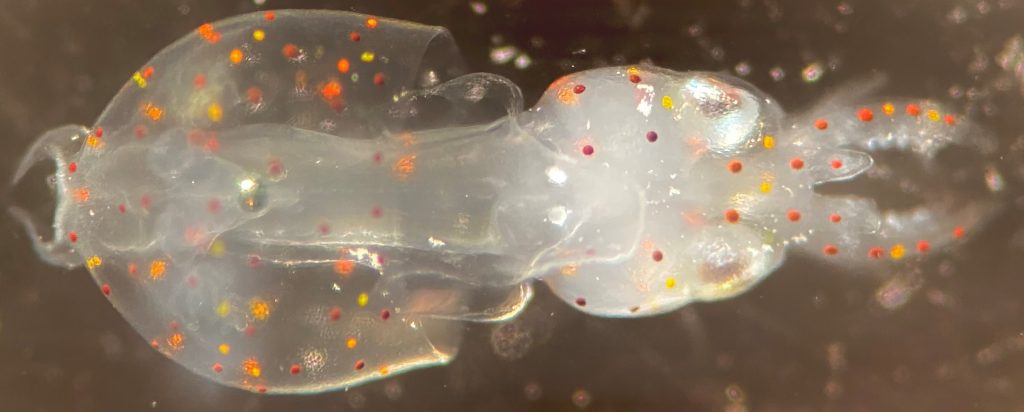
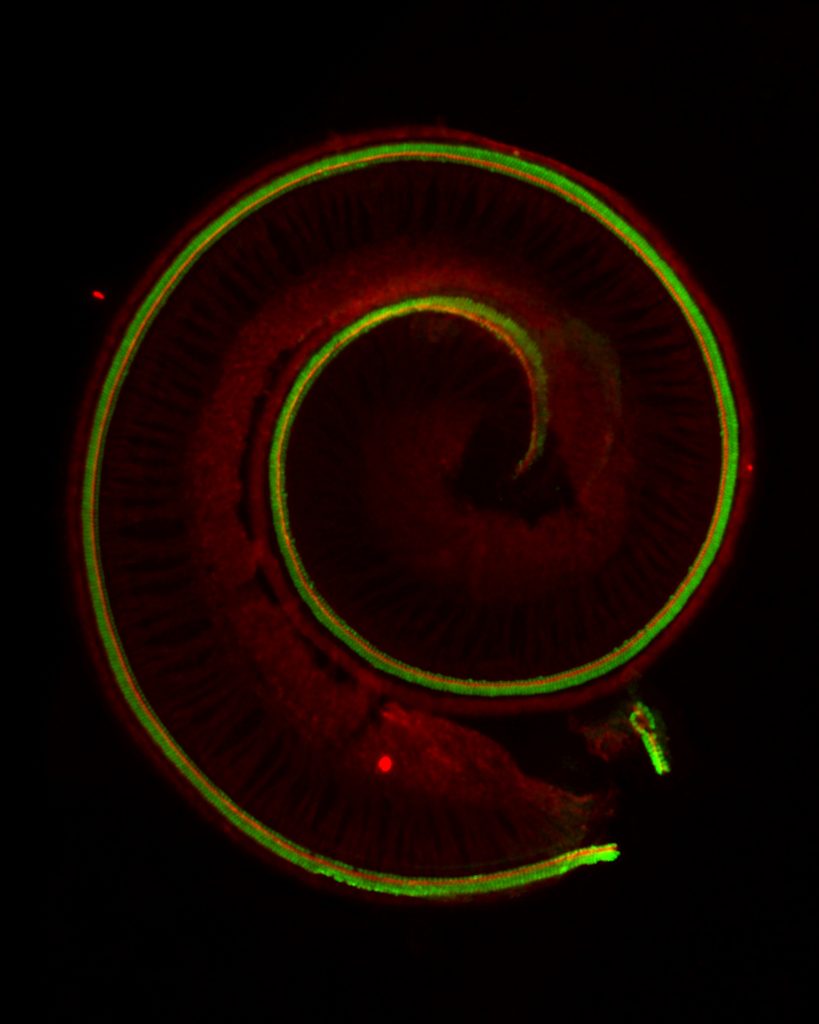
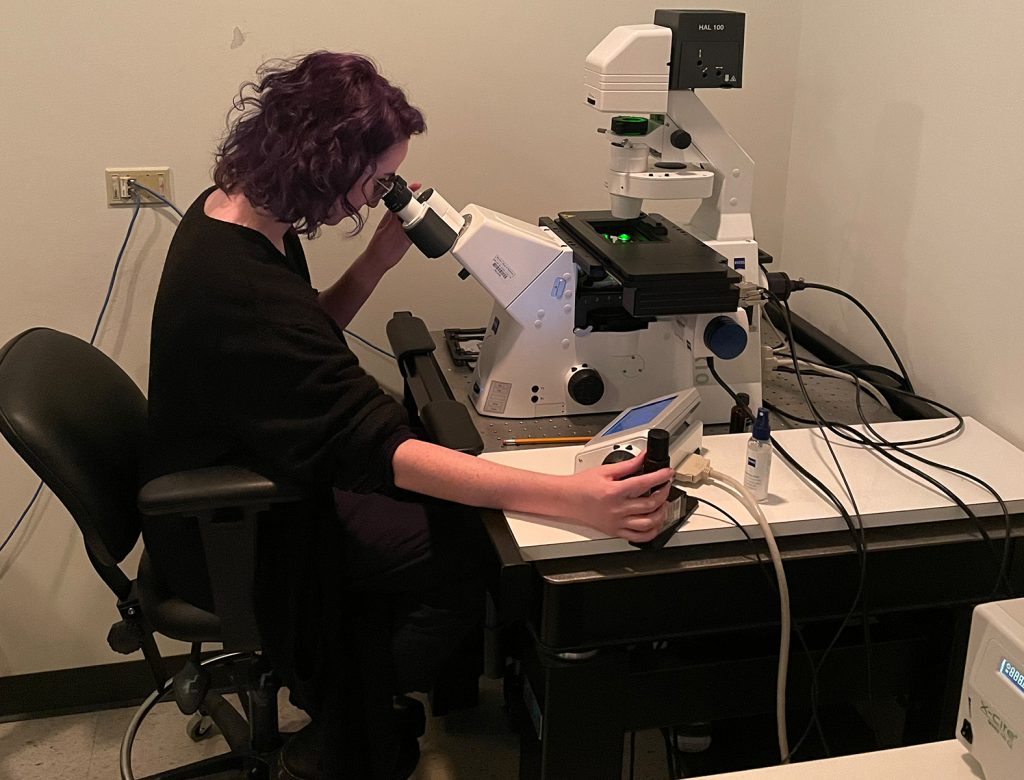
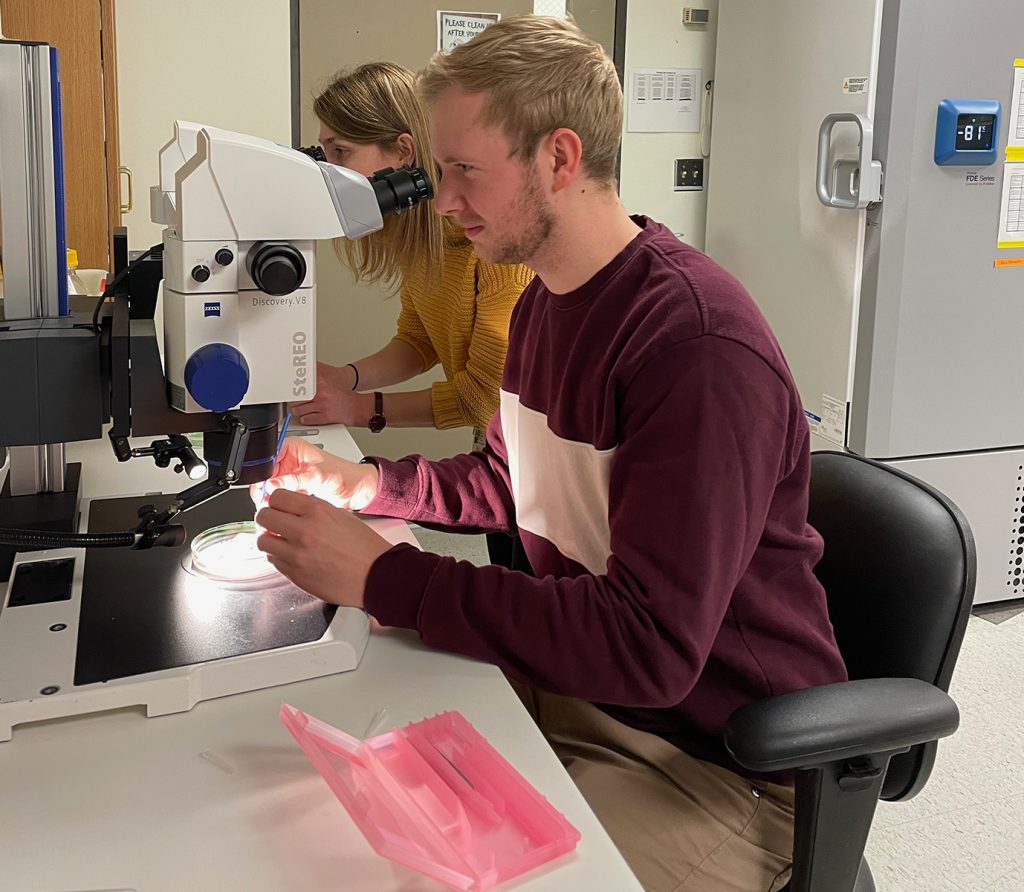
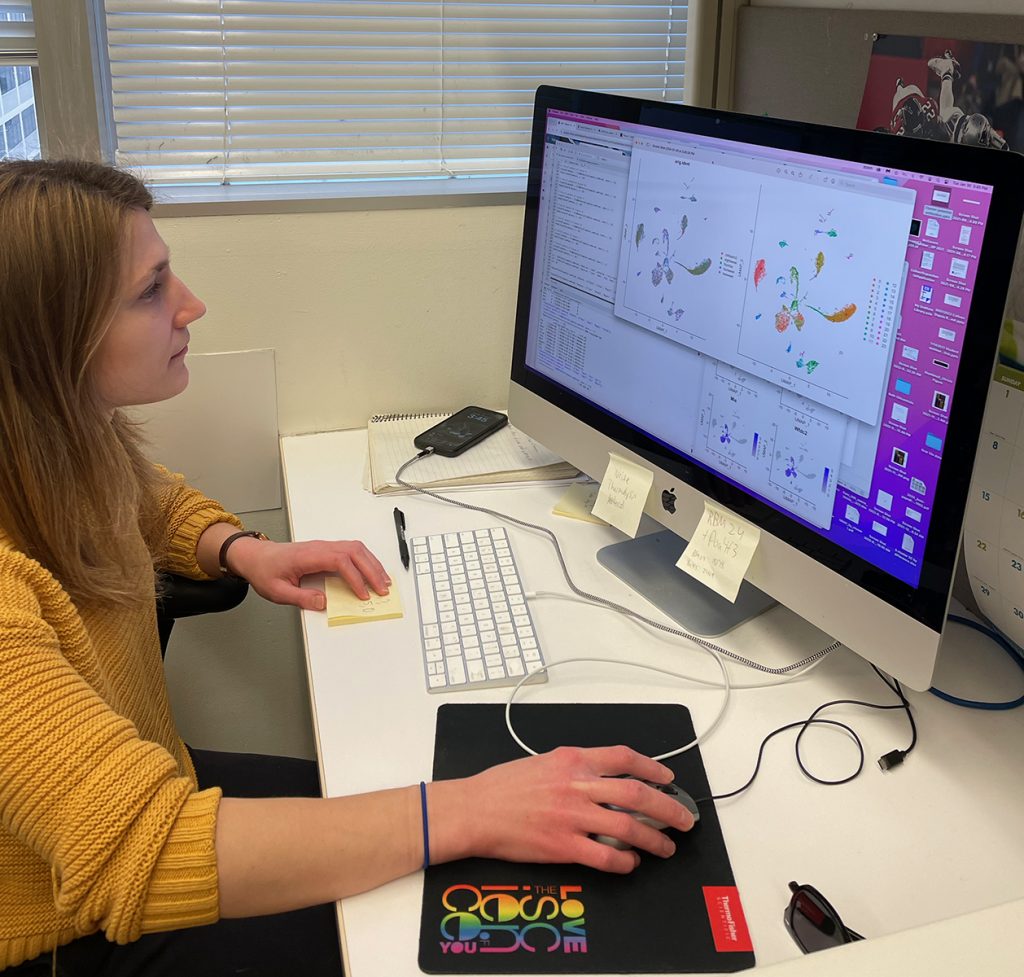


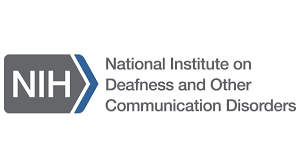
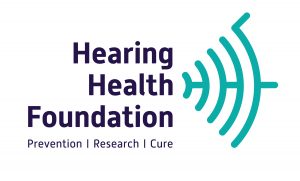
0 Comments